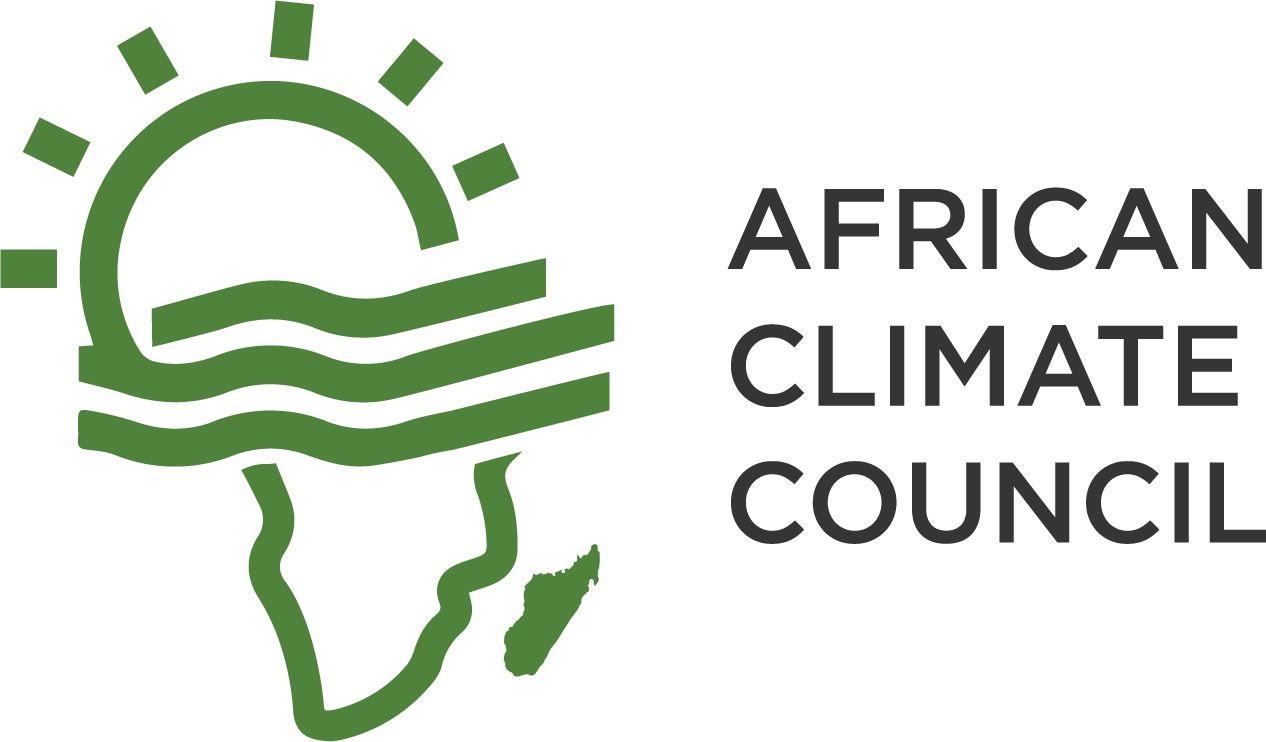
The month of November started on a low for the Kenya, Ethiopia, and Somali residents, with tens of thousands displaced from their homes. Regardless of the dismissal of ElNino rains by the Kenya Meteorological Department, many, including the authorities, were warned of incoming heavy rains.
According to the Office for the Coordination of Humanitarian Affairs (OCHA), nearly 200,000 people have been displaced in Somalia. The area of Jubbaland and the southwest have been hit worse, with over 500,000 affected differently.
Meanwhile, Kenya has recently experienced a similar feat, with areas of Mombasa and Northern Kenya mainly affected. Residents of Bamburi in Mombasa are currently in shock, with the heavy flash flooding rendering homes inhabitable. Roads are impassable, with vehicles being swept off.
Ethiopians, on the other hand, have over 20 deaths recorded and 15,000 more displaced by flash flooding.
Experts are attaching the flash flooding phenomenon to climate change. True to that, the East African region has recently suffered under harsh climatic conditions. Areas like Marsabit (Kenya) and Somalia had undergone a dry season early in the year, with thousands of days without food. Livestock owners are still counting their losses with the ongoing floods.
Yet again, disaster management preparedness has failed, despite the Elnino warning in mid-2023. Therefore, better contingency plans should be set in place.


Add a Comment